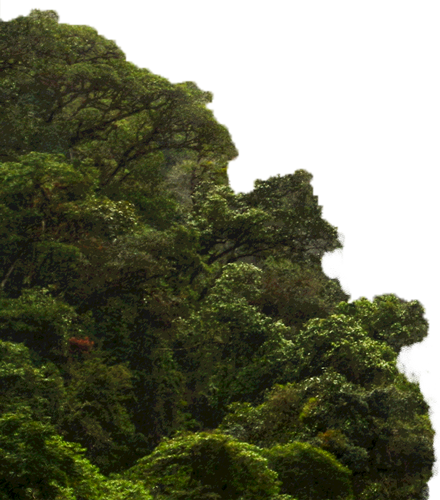Without allies, our team began to struggle through a contradictory tangle of laws and regulations. Repeatedly,project applications were rejected because indifferent officials and corrupt local politicians wanted to be bribed, which of course was out of the question for us. In a cloak-and-dagger operation, one of them was even arrested by the environmental prosecutor's office as a mastermind of illegal timber trade. In the end, the fight for the rainforest led us all the way to the presidential office of the Republic of Peru. The President finally issued a decree that made our project feasible, and once we had also convinced the provincial government of our plan, after 18 months, things finally started to move.
But then the application lay on the desk of some hopelessly overworked official in the forestry department. Two weeks before the time slot given by the President of the Republic closed again, we finally called in experienced environmental lawyers. Suddenly our Peruvian partners were taken seriously, and three days later our project manager signed the contracts with the forestry agency in the presence of the lawyers. The first and most difficult battle in the fight for the rainforest was won. Today we are working in partnership with the authorities and the protection of the rainforest, which seemed impossible in the beginning, has become a success story.




